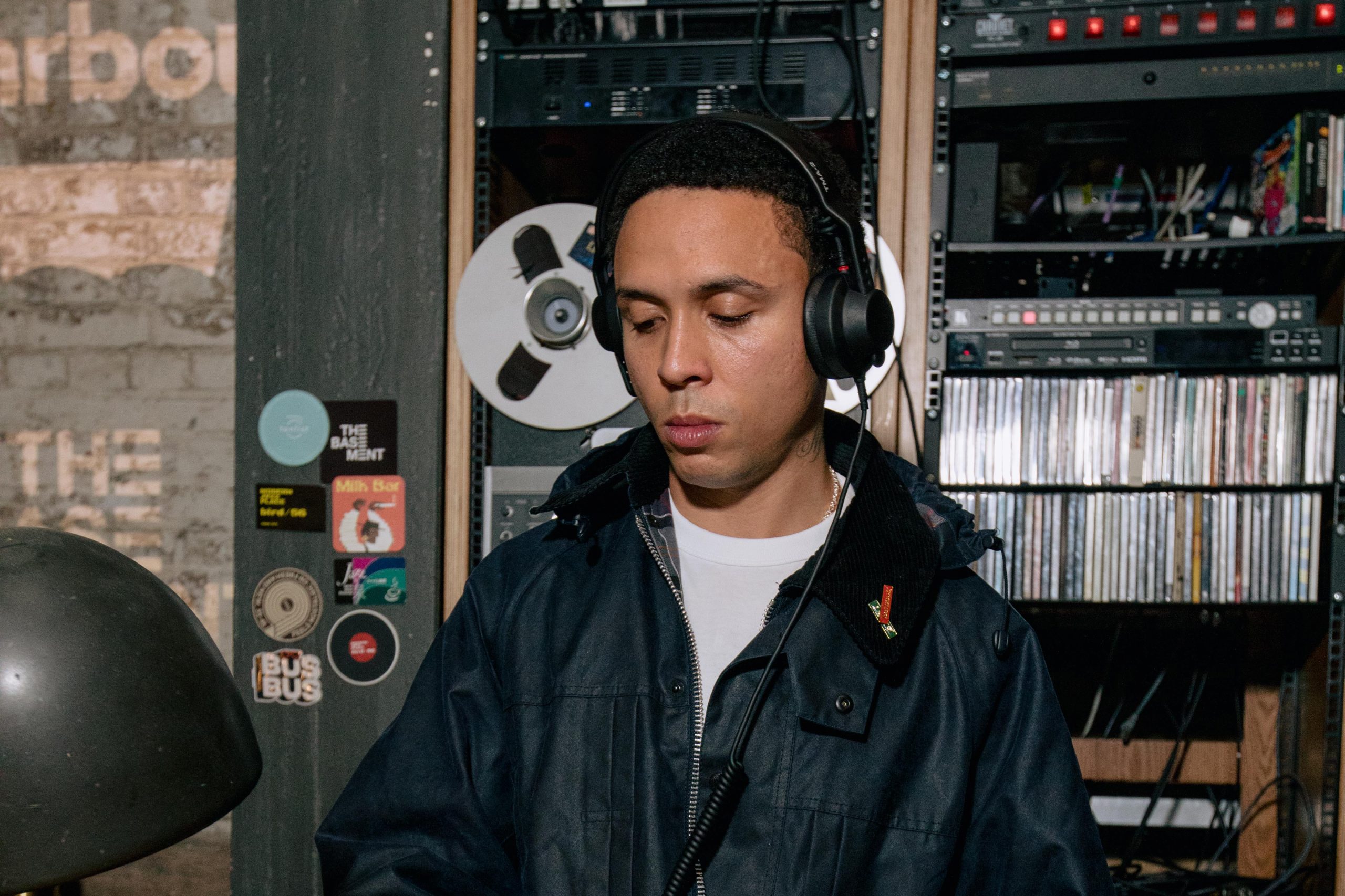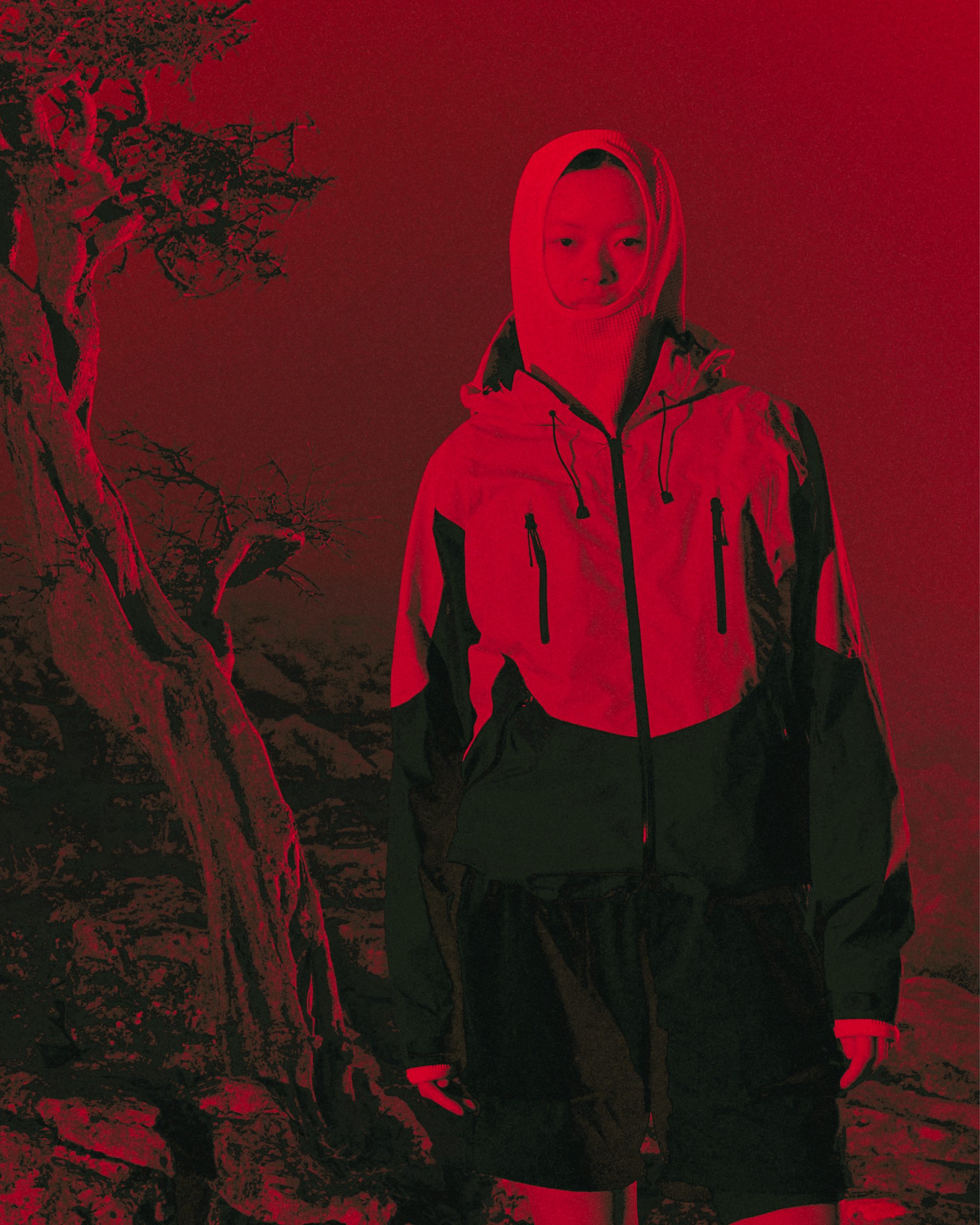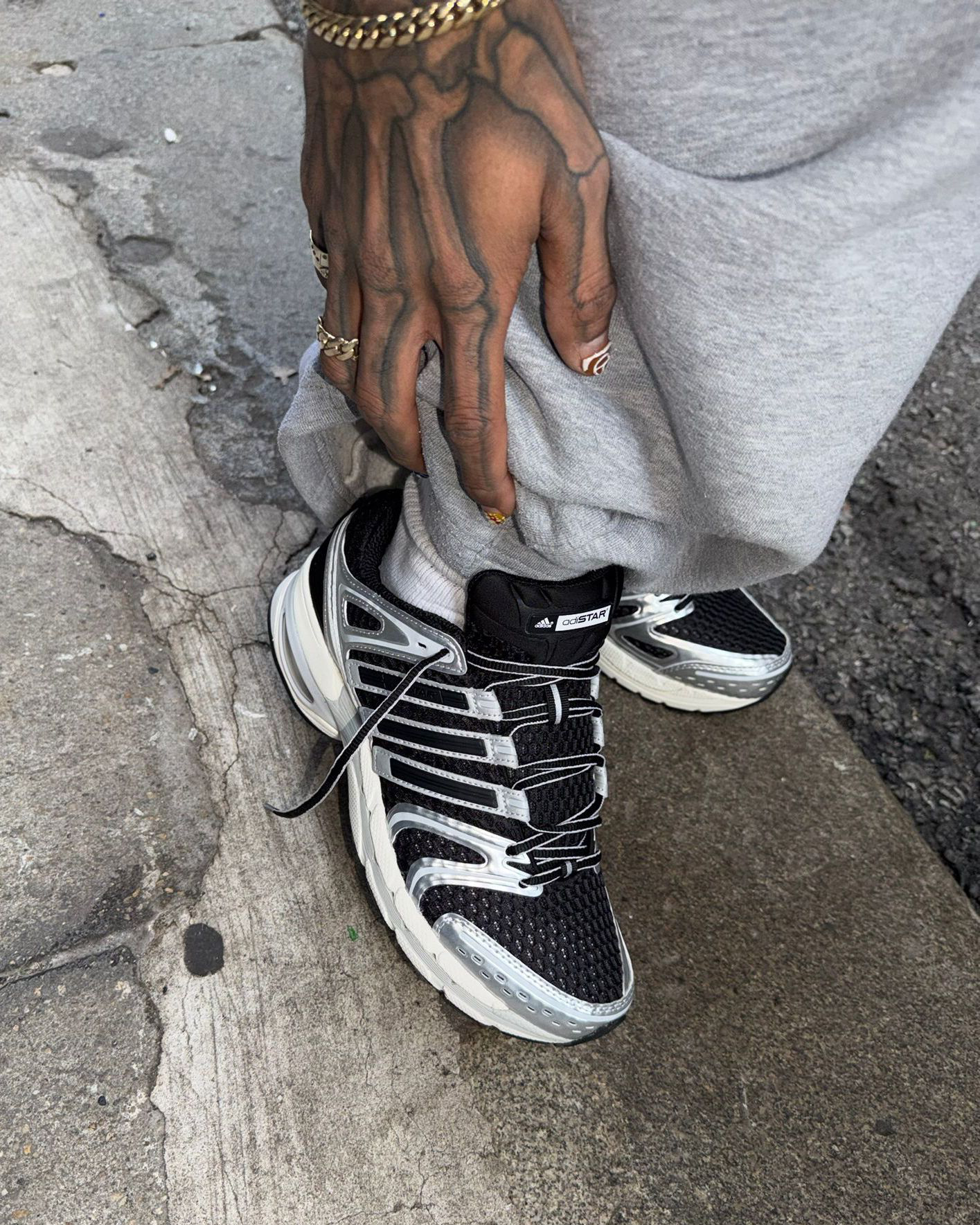The latest genre to spark a wave of moral panic, Josiah Gogarty meets the lawyers and rap experts defending drill music in court.
Jokes are rarely quite as funny when retold in courtrooms. Rap lyrics don’t sound much better. But for over a decade, the academic Eithne Quinn has been explaining rap to judges, juries, and barristers in cases where it’s presented as evidence. Used as a supposed murder confession, for example. Since 2017, drill has worked its way into many gang-related cases in the UK courts. A report released last week by the Policy Exchange think tank says that over a third of the 41 “gang-related homicides” in London in 2018 were linked to drill. Over a quarter of those in 2019 were as well.
Policy Exchange’s figures include instances “where either the victim or perpetrator was an aspiring drill rapper, or drill music videos were used as evidence in the trial”. But the use of drill in courtrooms is steeped in controversy. Prosecutors tend to use the music opportunistically: if a defendant has dabbled in drill, it might be presented as evidence, however tenuous. Quinn, along with 48 other academics and criminologists, has signed a petition describing the Policy Exchange report as “factually inaccurate, misleading and politically dangerous”. She cites instances in court where videos made four or five years before the crime in question are dug up; where lyrics are spliced and edited to make them appear more shocking. Those posing in the background of a video being filmed on their estate might find themselves swept up on a joint enterprise charge. Given the average juror is probably not a drill fan, all the balaclavas and stabbing motions in drill videos could be tailored to turn them against the accused. In courtroom terms, it’s massively prejudicial.
This means that the real fight between prosecution and defence takes place before the actual trial, over whether drill is allowed to be used as evidence at all. Since 2003, when the Criminal Justice Act redefined which “bad character” evidence could be heard in cases, prosecutors have mostly got their way. Sometimes it’s with good reason, says Edward Brown, a QC with extensive experience prosecuting gang violence and murder, on a podcast from his QEB Hollis Whiteman chambers. Lyrics could confirm a narrative backed up by other evidence, like gang rivalry; a video could show two people together whose relationship, or lack of one, is crucial to the case. But the police officers that prosecutors rely on as drill experts sometimes try more “speculative” interpretations. Quinn was involved in a murder case last year where lyrics presented as a confession were later excluded as evidence – it emerged they had first been drafted before the incident in question.
Drill lyrics themselves – dense, slang-crammed and spilling over with synonyms – are hard to get a handle on for outsiders. Tony Thorne, a linguist at King’s College London, is often asked to translate drill slang in courtrooms. He says that police are much better at understanding it than they were a few years ago. But cases can still come down to what one particular word means in context. Last year, Thorne persuaded a court that “pack” was being used to mean drug package rather than to kill – a technicality that, in the circumstances, carried huge significance.
Attempts to control language this elastic can look absurd. Members of the west London group 1011 were banned from rapping about violence in 2018, after being caught carrying machetes they claimed were to be used as props for a video. One of them, Digga D, has since blown up commercially, and is now considered by many to be one of the most exciting young talents in the UK music scene. In a BBC documentary released last year, he goes through his lyrics for his hit song “Woi” with his lawyer. She brings up one line – “jump out, try put him in a coffin” – which he insists is a reference to a mid-2010s viral dance move. It is, and he does the move in the song’s video, but the double meaning is surely the point. This self-awareness has become a hallmark of drill lyrics; in an ironic nod to the coppers avidly keeping an ear out, rappers now replace tell-tale specifics in their verses with a “shh”.
Lyrical subtleties like Digga D’s “coffin” bar are the types of nuances Quinn tries to drag into a sterile courtroom. The prosecution tends to ask jurors to take the lyrics literally; instead, she makes a case for young men simply out to shock and entertain each other with braggadocio. Drill’s commercial success, and that of other British rappers, makes her job easier: she uses the example of Stormzy rapping about “skengs” but funding Cambridge scholarships outside the booth. Much has also been made of the hypocrisy applied to drill by the law. Other art forms that have garnered mainstream critical acclaim could be said to be similarly incendiary. In ‘AirForce’, DigDat says he’s “pissed” because his trainers got creases in them after he chased down a rival; swap in crocodile-leather loafers for the Nikes, and you’ve got a Quentin Tarantino line. The same applies within music too. Most drill rappers are Black men – the particularly prim treatment of their lyrics compared to, say, the gothic horror of Scandinavian death metal often looks like a racist double standard.
Defence teams are becoming more successful at excluding drill as evidence and are calling on the services of experts like Quinn more frequently. It’s only a matter of time, says Oliver Mosley, a barrister at Brown’s chambers, until a drill case goes to the Court of Appeal – the second highest in England and Wales. Until then, courtrooms and police stations will retain their unlikely soundtrack.
Written by
Josiah Gogarty

What Went Down: The Basement Presents Barbour x Levi’s® Launch Party
- Community
- Photo Series
- 4 minute read





